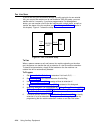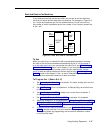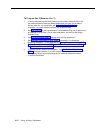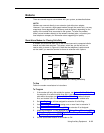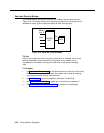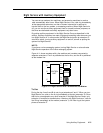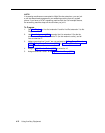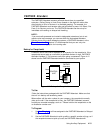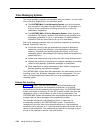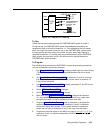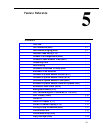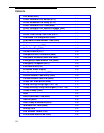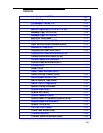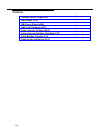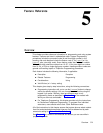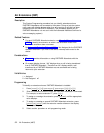
Voice Messaging Systems
Two voice messaging systems are compatible with your system. You can install
one or the other, depending on your business needs:
■
■
■
■
■
■
The PARTNER MAIL Voice Messaging System is an auxiliary device
that connects to the system through extension jacks. It is available in a
2-port or 4-port configuration, providing service for up to 20 or 40
subscribers, respectively.
The PARTNER MAIL VS Voice Messaging System, which physically
resembles a 206 module, resides in the control unit and provides voice
messaging capabilities for up to 10 subscribers. An optional Mailbox
Expansion Card can extend service for up to 20 subscribers.
Both voice messaging systems offer your business complete call processing
features. Specifically, they can:
Insure that incoming calls are answered and directed to destination
extensions correctly and efficiently, using immediate or delayed call
handling. (Immediate call handling sends calls directly to the voice
messaging system, while delayed call handling allows the receptionist to
answer calls first.)
Answer and routes calls during the day and after normal business hours.
Alleviate the problem of inaccurate or incomplete messages by allowing
callers to leave detailed, confidential messages for subscribers.
Allow subscribers to assign a password to their mailbox, change their
personal greeting, and retrieve messages.
The PARTNER MAIL system also offers advanced voice mail features, such as
outcalling, group lists, broadcast messages, and fax management. You can
refer to the documentation provided with your voice messaging system for
complete details.
Delayed Call Handling
Figure 4-13 shows a PARTNER MAIL system that provides delayed call
handling. This setup allows the receptionist at extension 10 to provide
personalized service by answering calls during the day. The PARTNER MAIL
system (connected to extensions Z1 and Z2) is used to handle calls when the
receptionist is busy or not available, so calls do not go unanswered. The
PARTNER MAIL system also answers calls received after business hours and
prompts callers to leave messages in the receptionist’s mailbox.
This example includes two user extensions (X and Y), which are not
automatically covered by the PARTNER MAIL system. This allows the
receptionist to give the caller more personalized service; if the receptionist
transfers a call to extension X or Y and that extension does not answer, the call
returns to the receptionist. The receptionist can then take a message or send
the call to the extension’s mailbox if the caller prefers.
4-24 Using Auxiliary Equipment



